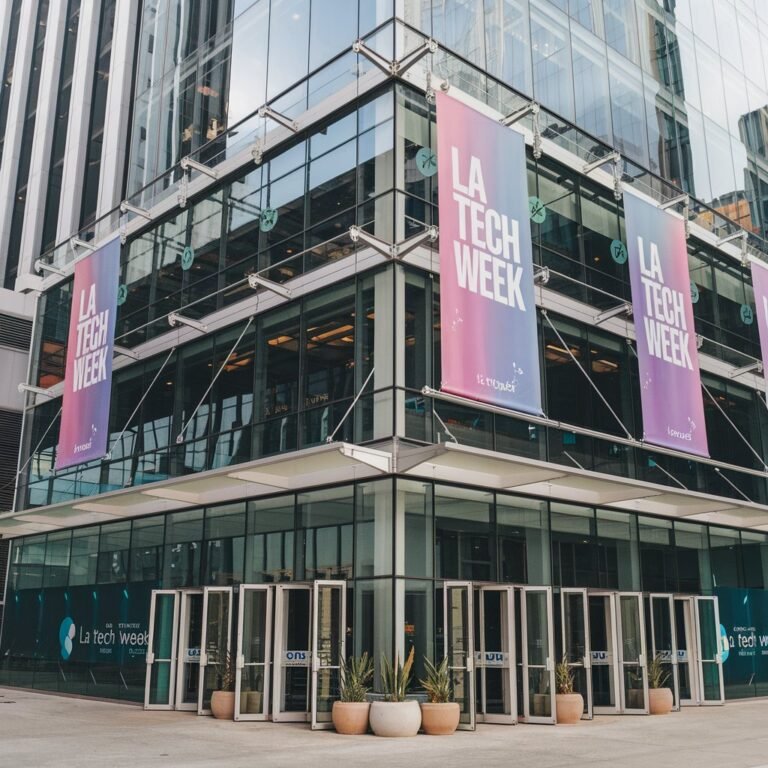Introduction
Protective coatings are essential in an effort to enhance the sustainability of add protective coatings to your business assets such as infrastructure, machinery, and other surfaces. Today, maintenance of assets remains a challenge due to advanced technological developments across various sectors. Coatings help in avoiding corrosion, wearing out, and damage due to surrounding environmental conditions, which saves time and money. In this article, we will discuss the significance of protective coatings, their types, and how coating can be beneficial for a add protective coatings to your business.
The importance of protective coatings
Enhancing Durability
Coatings Protection Prolongs the Life of Machinery, Buildings, and Products. By applying an additional layer of plastic, firms are able to avert replacement due to excessive wear and tear.
Preventing Corrosion
Using metal parts in almost every industry demonstrates the need to contend with issues resulting from the corrosion of machinery and infrastructure. Protective coatings are essential because they reduce the rusting or corrosion of metal parts and maintain the structural reliability of machines, as well as the infrastructure.
Improving Safety Standards
Every add protective coatings to your business must give importance to safety in the workplace. Lackadaisical employees, faulty machines, and levels of apathy can all result in accidents. The application of slip-resistant paints, fire-retardant paints, and even protective impact-resistant paint layers can certainly improve safety in the workplace.
Cost-Effective Maintenance
Coatings can be reasonably priced at first, but maintenance can get costly. Over the long term, protective coatings can save a add protective coatings to your business money since these coatings minimise the need for repairs and replacements.
Types of Protective Coatings
Epoxy Coatings
Most industries use epoxy coatings since they are durable and chemically resistant. They are best suited for industrial floors, machinery, and pipelines.
Polyurethane Coatings
Some of the best coatings offer superior protection against UV rays as well as environmental factors. As a result, they are frequently applied to the marine, automotive, and industrial sectors.
Ceramic Coatings
The durability and resistance to high temperatures of ceramic coatings make them widely used. They are usually used in automotive parts as well as aerospace components and even in manufacturing equipment.
Zinc Coatings
Zinc coatings, generally referred to as galvanisation, shield steel and iron surfaces against rust and corrosion. These coatings are widely used in construction as well as marine sectors.
Fire-Resistant Coatings
These coatings help give the building occupants ample time to evacuate the building and also reduce the extent to which the fire causes damage to the property. They are indispensable to buildings, electrical systems, and industrial facilities.
How to Choose the Right Protective Coating
Assess the environmental conditions.
Keeping track of the specifics on how your equipment or infrastructure works is very important. Humid businesses may need anti-corrosion coatings, while high-temperature add protective coatings to your business may need heat-resistant coatings.
Consider the material being coated.
Different coatings bond well with specified materials. Knowing the type of surface helps determine if the coating to be applied will stick and give the best protection to the surface.
Evaluate Durability Requirements
While a few coatings can protect a surface for a short period, others can last for several years. Knowing what durability is needed assists in identifying the most appropriate coating to use for the desired long-term advantages.
Analyse Cost and Maintenance Needs
Like any business, protective coating operations have budgetary and maintenance constraints. This is so because while certain coatings may cost more to obtain, they may actually end up reducing maintenance costs.
Application Methods for Protective Coatings
Spray Coating
Spray coating is a widely used technique that enables precise application of a coating in a short period. Its use is prevalent for industrial and commercial purposes.
Brush-and-roller applications
Small surfaces can be coated using brushes and rollers while giving extra care and precision over the thickness. This increases control and accuracy.
Powder Coating
Small surfaces can be coated using brushes and rollers while giving extra care and precision over the thickness. This increases control and accuracy.
Electroplating
This process employs electric current to place a coating on the metal surface. It works excellently for corrosion resistance and visual beauty.
Industries that benefit from protective coatings
Construction Industry
Buildings, bridges, and infrastructure make use of protective coatings that are integral in withstanding different weather conditions and mitigating infrastructural decay.
Manufacturing Industry
Machinery and equipment are at risk of damage from chemicals, moisture, and abrasion. Coatings increase their operational efficiency and life span.
Automotive Industry
Vehicles use coating protection to improve the overall look of the vehicle and make it resistant to rust, as well as improve the vehicles’ durability. Both ceramic and powder coatings are used frequently.
Marine Industry
Saltwater and moisture persistently come into contact with ships, docks, and other marine equipment. Applying protective coatings eliminates rust and increases service life.
Healthcare Industry
Medical professionals and healthcare facilities employ antimicrobial agents to sustain cleanliness and safeguard against infections.
Steps to implement protective coatings in your business
Step 1: Identify the Surfaces That Need Protection
Identify different locations and equipment in your business that will need protective coating. Give preference to the ones that are present in harsh conditions.
Step 2: Choose the Right Coating Type
Choose the right type of coating that works well for your application by taking environmental factors, sustainability criteria, and material types into account.
Step 3: Hire Professional Coating Services
For the best outcome, it is advisable that companies partner with an expert coating service provider. A professional will guarantee the right application and enduring protection.
Step 4: Conduct Regular Maintenance
The most durable coatings have to be maintained, and regular checks and small repairs are to discipline the coating’s effectiveness.
Final Words:
Applying protective layers to your add protective coatings to your business structures, equipment, and goods can be a wise investment as well. They increase endurance, boost protection, and decrease expenses in the long run. Choosing the proper coating and application technique allows businesses to secure their valuable assets without compromising on professionalism and productivity. Applying protective layers today helps guarantee long-lasting and proactive attributes for the future.

















